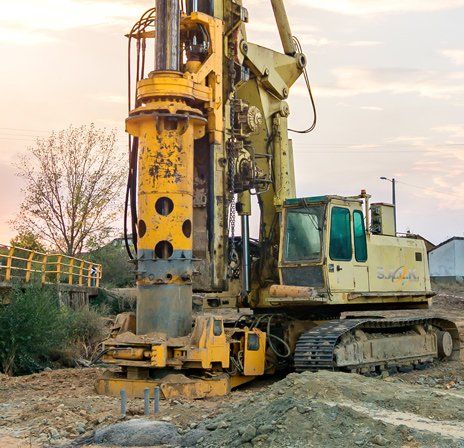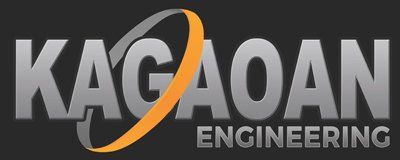Borings and Test Pits Subsurface Investigations in NYC, Manhattan, The Boroughs, Nassau County, Suffolk County, Long Island, and New Jersey - Kagaoan Engineering

Boring and Test Pits Inspectors and Consulting
Site investigating requires the skills and experience of a geotechnical engineer or engineering team. Numerous projects from highway construction to building expansions require the use of subsurface investigations. Engineers use a variety of methods to determine soil composition and site stability like boring holes for soil testing. When companies need to dig for foundation repair, a test pit can determine how safe the area is for excavation. Accessibility for the personnel and equipment for the project are primary concerns behind safety.
Site engineers develop a construction plan that includes test pits and ground examination. These examinations are helpful for figuring out how well groundwater will drain, how sturdy a soil pack is beneath an existing foundation, and how much dirt to move before adding a retaining wall.
Contact us for free consultation.
Our geotechnical engineers and subsurface investigation consultants at Kagaoan Engineering can help business owners and project heads develop a plan that considers the budget constraints and deadlines. They work with permit agencies and adhere to regulations every day. Whether your site needs a few soil samples to determine the density of the ground or you have a more significant project in mind, our engineering and design team is ready to perform subsurface or ground level testing for your company. The most common reasons for test pits and boring activities include:
- Bridge building
- Excavations
- Maximum loads for foundations
- Structural stability
- Settlement forecasts
- Water table definition
- Depth and size analysis for project blueprint
- Lateral strength testing for pilings, bulkheads, and retaining walls
- Soil removal and backfill requirements
- Future maintenance and foundation assessment
- Gas and oil line location
- The thermal resistance of the soil
- Soil sampling
Each job site has a diverse set of challenges. Not every aspect of soil testing applies to all construction projects or remedial applications. Our geotechnical engineers have the experience to understand the possible needs and scope of your construction project. Our professionals know how to develop a testing panel that will give them the results they need to help you complete your build or excavation. Some applications may only require sample boring and a straightforward chemical analysis. Other projects need a test pit with staggering sides and specific safety equipment to reach a depth that will give the specialists an idea of where the bedrock is and what other soil layers lie beneath the surface.
The U.S. Government dictates the minimum depth for soil sampling, and subsurface boreholes. Below is a list of the most common projects and the requirements for each one. The minimum boring depths by task include:
- Bridge span footings must range between two and four times the size of the base below the foundation
- Retaining walls should reach the strata level if they cannot meet the depth requirement for .75 to 1.5 times the wall height below the wall without getting into unstable areas
- For roads, the borings should reach at least two meters below the subgrade level
- Base cuts should have boring depths that reach at least five meters below the cut
- Piles should extend at least six meters below the lowest shaft location or double the depth of the pilings with the largest of the two measurements for the final depth
- Embankments must have boring depths at least twice as deep as the grading or reaching hard ground layers
- Culverts follow the same requirements as embankments
Designing Test Pits
Digging out a hole may seem like a simple task, but there are several things to remember before any work begins. First, calling the local utility companies is always necessary to determine where gas, oil, water, and sewer lines run on the property. Next, deciding what size equipment to use is the best way to get the dig done effectively. For instance, a backhoe is often sufficient for depths up to two meters, but a 20-ton excavator may be the best choice for digs between two and four meters.
Give us the chance to show you why we are the leading tri-state engineering establishment by contacting us for a free consultation. We look forward to helping you stay on time and within budget constraints. Our team will help keep you in regulation and file all the necessary permit applications for your project as well.
Please contact us
today for a free consultation.
About Kagaoan Engineering
Kagaoan Engineering is an emerging company in the New York Greater area, serving Manhattan, the Boroughs, Nassau and Suffolk Counties, Long Island, Connecticut and New Jersey. The company employs Professional and Technical Engineers providing Geological and Geotechnical Engineering Consulting, Design, Procurement, and Controlled Inspections services for real estate development, private and public schools, religious, healthcare, industrial and commercial projects. Kagaoan Engineering brings a unique approach to collaborating with the clients, and other professionals to arrive at the most innovative solutions to the most complex challenges encountered in construction.

